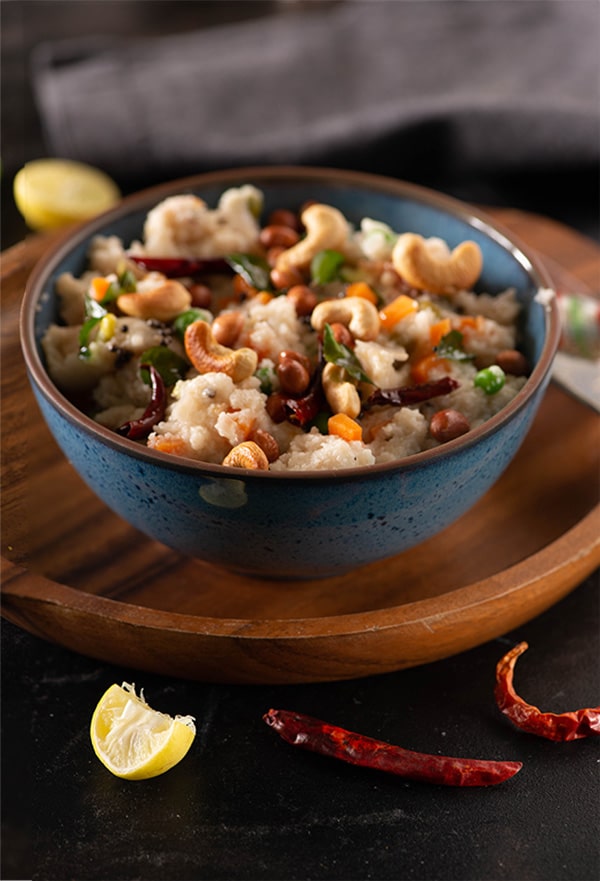Savory Upma Delight Traditional South Indian Breakfast

Introduction
In the bustling world of breakfast options, there’s a humble dish that often gets overlooked: Upma. Originating from South India, Upma is a comforting and versatile dish made from semolina, spices, and vegetables. While it might not boast the same popularity as pancakes or omelets, Upma holds its own as a wholesome and nutritious breakfast choice. In this article, we’ll delve into the world of Upma, exploring its origins, variations, and why it deserves a spot on your morning menu.
The Origins of Upma
To truly appreciate Upma, it’s essential to understand its roots. This traditional South Indian dish has been a staple in households for generations, with its origins dating back centuries. Originally known as Uppindi in Telugu and Uppumavu in Malayalam, Upma has stood the test of time, evolving with each generation while retaining its essence. Its simplicity and versatility have made it a beloved dish not just in India but also in various parts of the world where Indian cuisine has found a foothold.
The Basic Recipe
At its core, Upma is a simple yet flavorful dish that requires just a handful of ingredients. Semolina, also known as rava or sooji, forms the base of Upma, providing a hearty texture. To prepare Upma, the semolina is roasted until golden brown, then cooked with a tempering of mustard seeds, curry leaves, onions, green chilies, and vegetables like carrots, peas, and potatoes. The result is a fragrant and savory dish that’s perfect for breakfast or brunch.
Variations and Customizations
One of the beauties of Upma lies in its versatility. While the basic recipe remains the same, there are countless variations and customizations that you can explore to suit your taste preferences. For a richer flavor, you can add roasted peanuts or cashews to the Upma. Spice lovers can amp up the heat with extra green chilies or a dash of chili powder. If you’re looking to add more protein to your breakfast, consider tossing in some cooked lentils or scrambled tofu. The possibilities are endless, allowing you to tailor Upma to your liking.
Health Benefits of Upma
Beyond its delicious taste, Upma also packs a nutritional punch. Semolina is rich in carbohydrates, providing a steady source of energy to fuel your day. Additionally, Upma is loaded with fiber from the vegetables, aiding digestion and promoting a feeling of fullness. The spices used in Upma, such as turmeric and cumin, offer numerous health benefits, including anti-inflammatory and antioxidant properties. By incorporating Upma into your breakfast routine, you’re not just satisfying your taste buds but also nourishing your body.
Tips for Perfecting Your Upma
While Upma is a relatively simple dish to prepare, there are a few tips and tricks to ensure that it turns out perfectly every time. First and foremost, make sure to roast the semolina until it turns golden brown, as this enhances its flavor and prevents it from clumping together. When adding water to the semolina, do so gradually, stirring constantly to avoid lumps. Be generous








